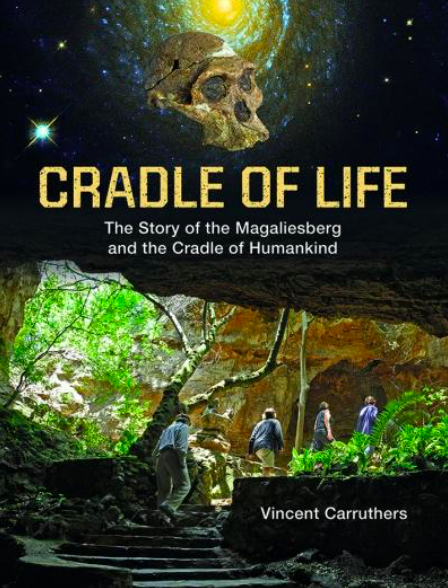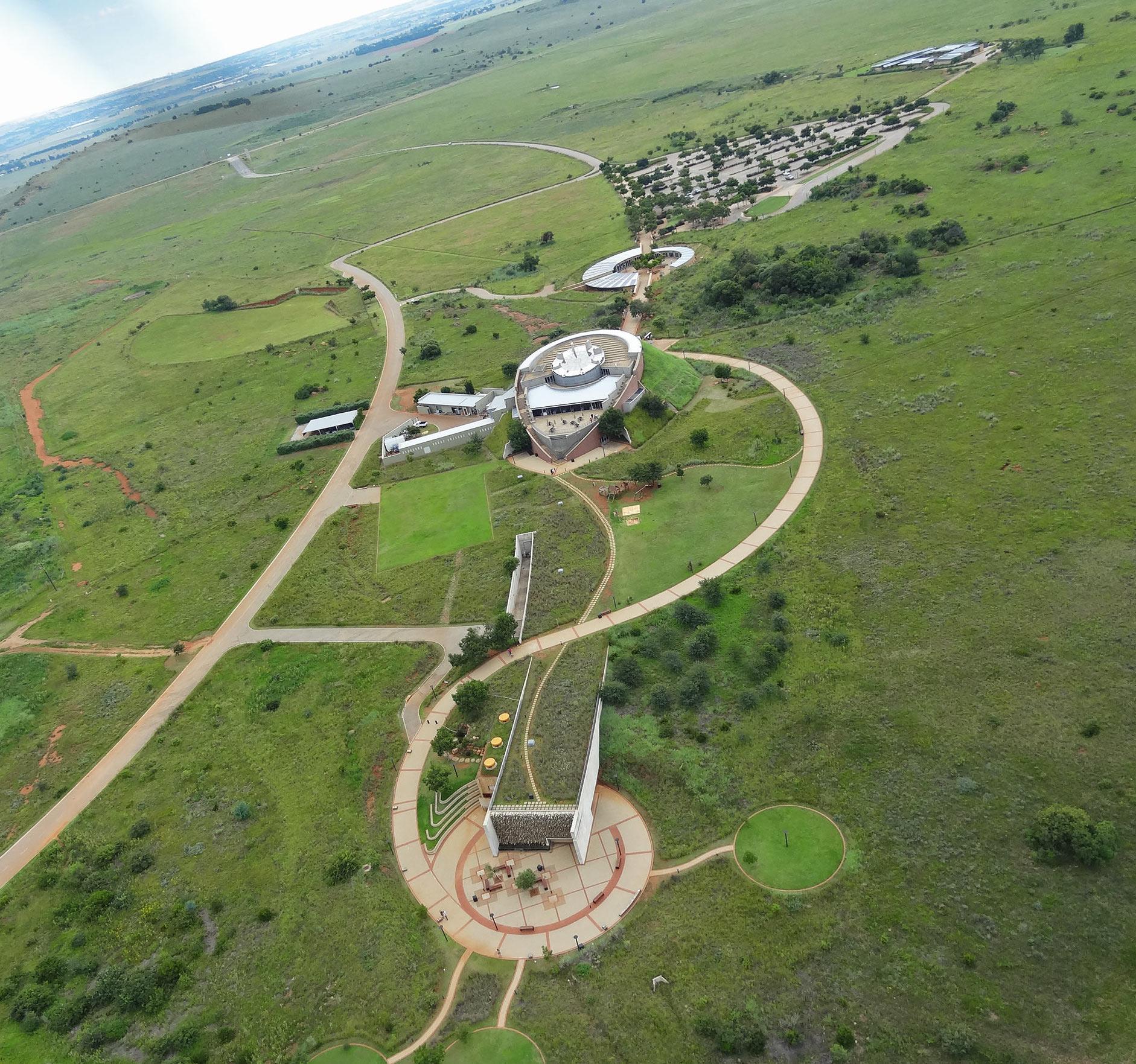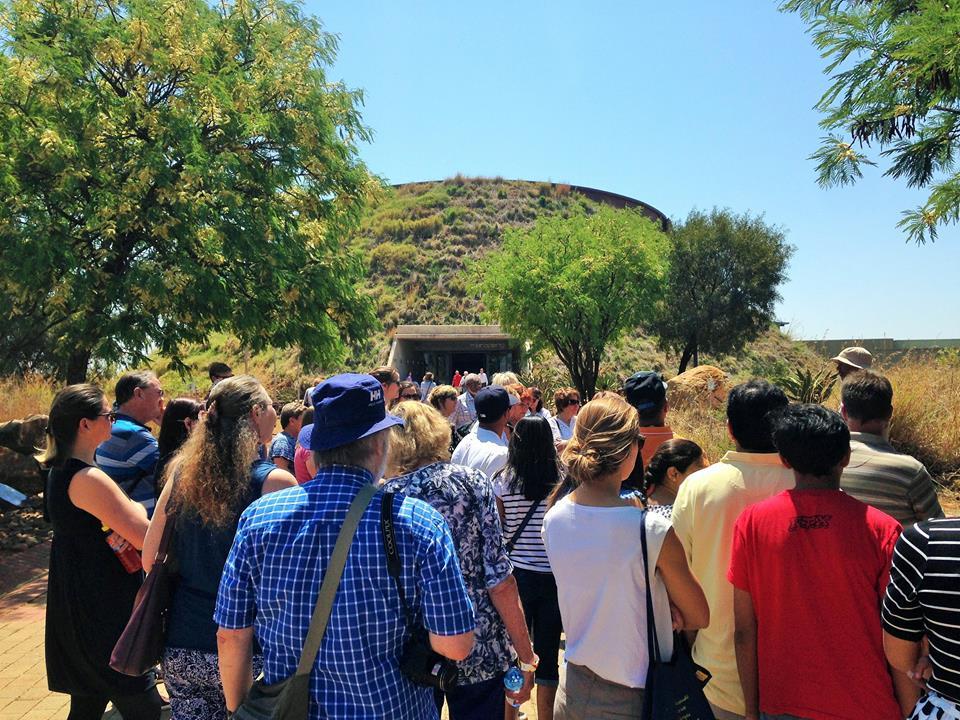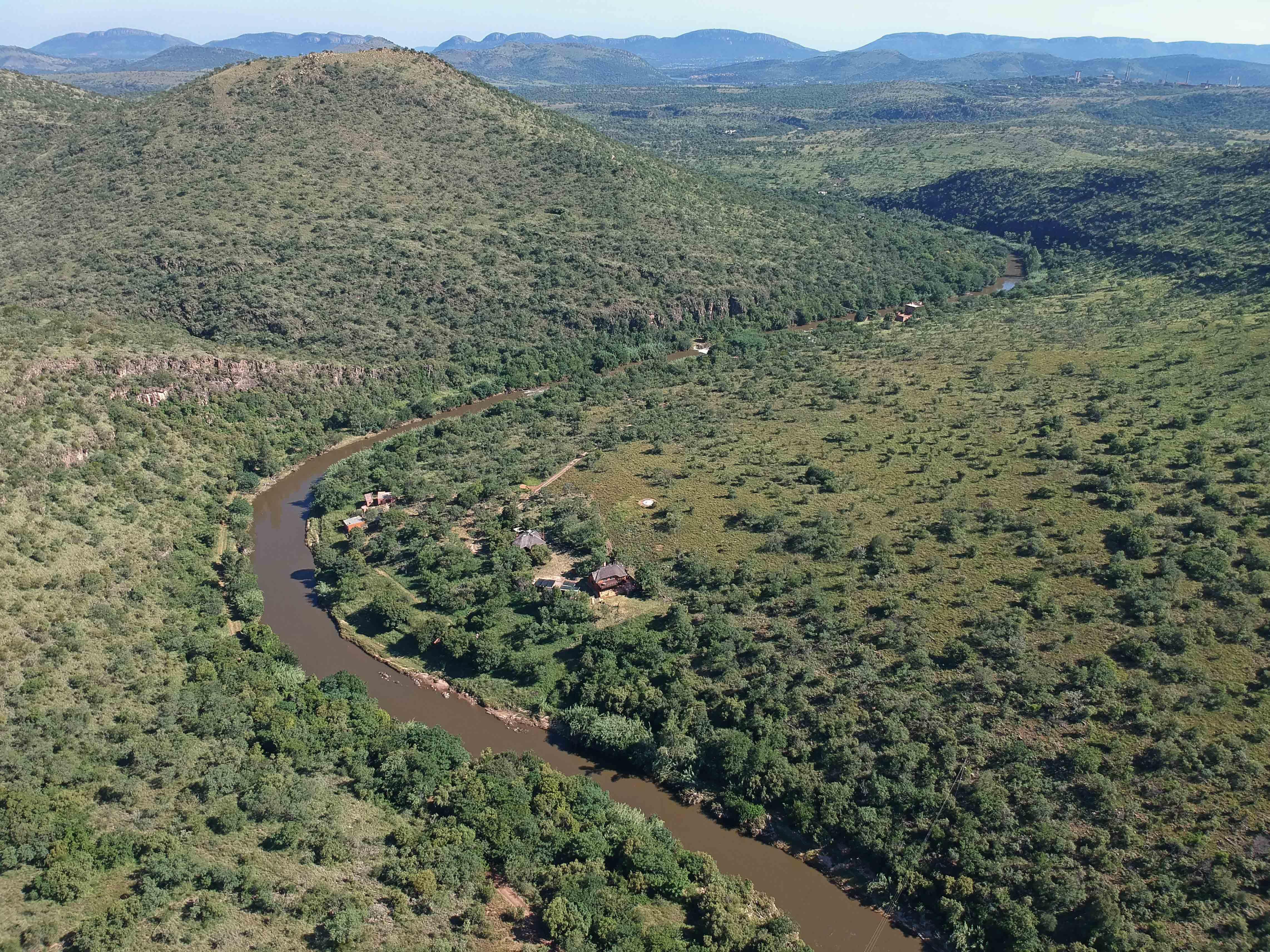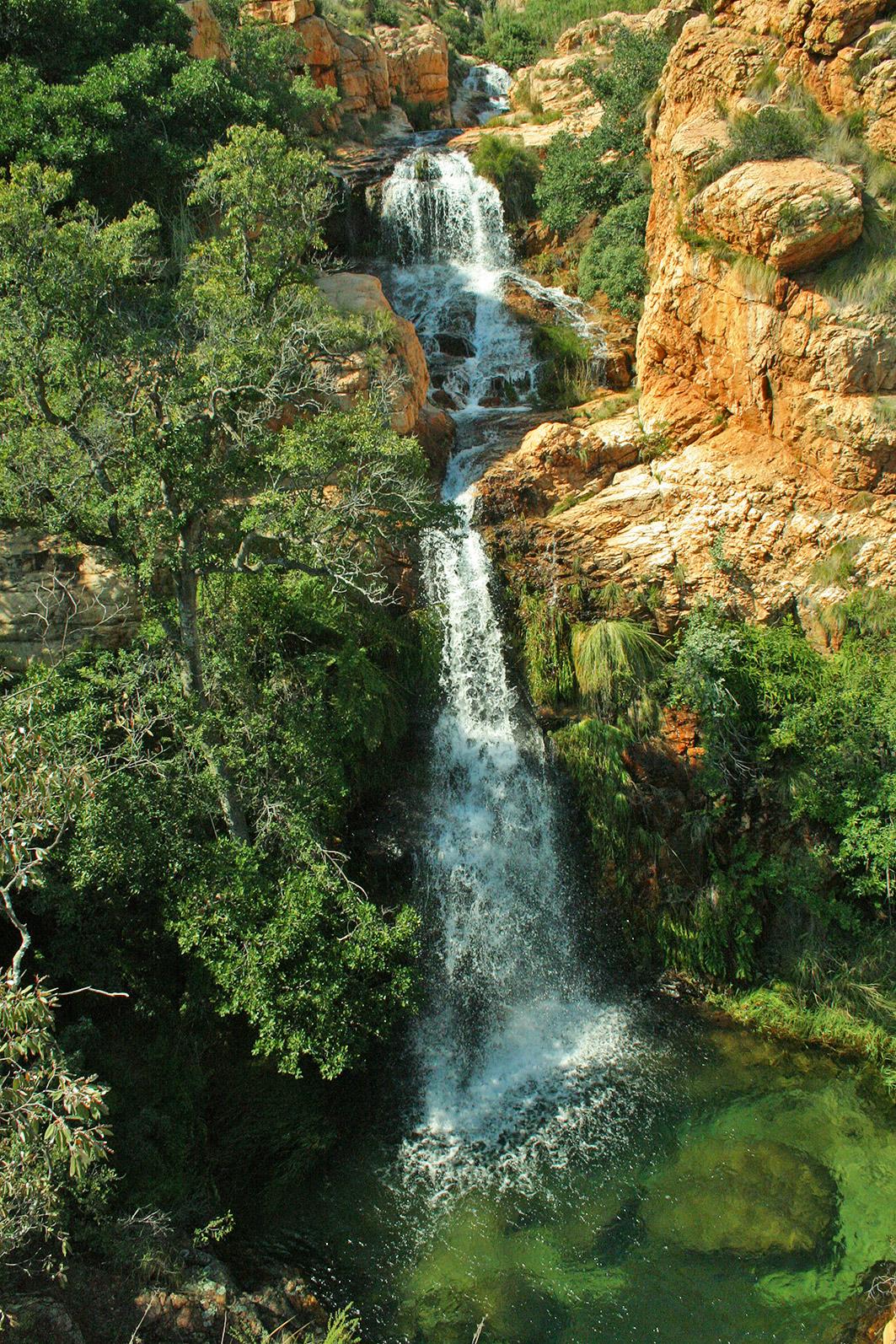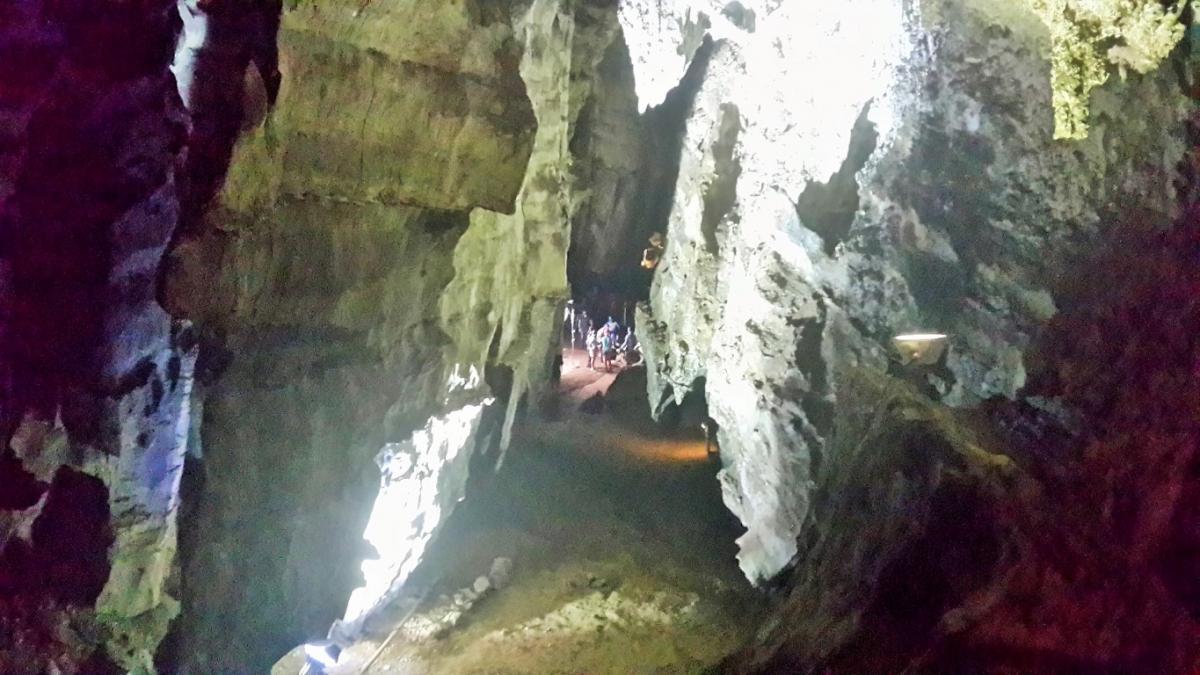
Everyone is interested in the human race and the age old question of human origins. Who was Adam and is there a biblical Eve? Human evolution has placed scientists, philosophers and religious thinkers at loggerheads for two hundred years. Here is a book to read closely; it is rich in detail, data and the scientific evidence as to why we all came from Africa. It is a book to make us appreciate that mankind originated right here in this extraordinary part of the world and to celebrate that the significance has been recognized by UNESCO. Reading this book offers a moment for reflection on the current wave of so called xenophobic violence. This is a good news story. It is a timely and very fine book about why South Africa belongs to Africa and the world and why Africa and the world belongs to South Africans.
Book Cover
How many of us appreciate the fact that the Magaliesberg and the Cradle of Humankind with all the notable fossil sites point to human origins being in Africa. Proximity to roots stirs interest and here is the opportunity to learn about the work of scientists and their endeavours to understand human origins and what the evidence means. It is all on our doorstep and there has been a collaborative enterprise through decades. The Cradle of Humankind is a World Heritage Site and is situated in the heart of the Magaliesberg Biosphere Reserve.
The book opens with an explanation of the geographical location of the Magaliesberg Biosphere Reserve and the Cradle of Humankind and a concise summary of the long arduous process involved in the achievement of international recognition. The book marks a triumph in human endeavour to put South Africa on the international scientific stage. In 2015 in Paris, the Magaliesberg Biosphere came into existence. It was a 7 year effort to get to that point and needed the backing of the South African government. Carruthers emphasises that this was a great team effort; he was a key player and gives full acknowledgement to the many partners. Here condensed for the reader is the essence of the whys and wherefores of process, campaign and achievement and gives us a focused single book survey of why it all matters.
The 2015 UNESCO recognition was the logical conclusion of the much earlier proclamation (in 1999) of the Cradle of Humankind as a World Heritage Site for the Fossil Hominid Sites of South Africa. The Maropeng Visitors centre opened in 2005. There is so much to see and learn at Maropeng, at the Sterkfontein Museum and in venturing down into the Caves. But that is just the introduction to the entire human story that can be explored in the wider Magaliesberg Biosphere Region.
Maropeng Visitors Centre from the air
Maropeng Visitors Centre (The Heritage Portal)
It was Jan Smuts who first coined the phrase “The Cradle of Mankind” in an address to the British Association for the Advancement of Science in London in 1925, although back then the scientific establishment were dismissive of the significance of Raymond Dart’s discovery of the Taung Child (despite Dart’s attempt to show a model at the Wembley Empire Exhibition in 1925). Back then the northern hemisphere scientists were more inclined to believe the ancestral human roots of the Piltdown Man discoveries. We now know that was perhaps the greatest ever scientific hoax but that was not exposed until 1953 after the death of Smuts and Dart. It was for their scientific successors to then battle against narrow conservative National Party dogma for another 40 years and academic isolation before the possibility of recognition of South African science by the world was embraced in a golden phase of rainbow nation euphoria.
This is that story and Vincent Carruthers has written a wonderful book about the Cradle of Humankind and the story of the Magaliesberg. I believe this book will speedily become the premier guide to the region. It follows on Carruthers' authoritative book on the Magaliesberg (published by Protea). This work has been five years in the making and gestation; it is a combination of tour guide and erudite overview of billions of years of evolution. Visually appealing, it is cleverly arranged around themes that run the reader from really remote deep time 13 800 million years ago and the birth of the planet to contemporary really recent historical conflicts of the Anglo-Boer War of the early 20th century. Carruthers' skill lies in his mastery of the essentials of disciplines as far apart as palaeoanthropology, geology, archaeology, history and atomic engineering. He has read widely and has interviewed all the key paleoanthropologists, geologists, astronomers and archaeologists shaping their disciplines in Africa today. This book marks his own lifetime commitment to science and education.
There is a clear competence in the mastery of the wide spread of subject matter and in writing in such a way as to make the complex ideas accessible and interesting to the curious layman – whether visitor or resident. However, there are no concessions to populism or dumbing down the subject. It is a 101 guide and could well be the right textbook for a first year university course. You can ask - which discipline? And there I stumble as it brought home to me that so often our disciplinary boundaries impoverish rather than enrich. This could be a textbook for a broad based African cultural environmental enrichment course. It’s a course we should all study. It would be the perfect textbook for a University of the Third Age type of course and I would love to be in Carruther’s class. Here is a teacher who distils the essence of process, and ideas, makes no concessions to ideologies or floating theories and drives his analysis with evidence and fact.
I could not wait for a formal class. I bought my copy last week and no sooner had the book come into our home than my husband seized it and read it from cover to cover and I had to be second in line. Carruthers has done an enormous service to South Africa in his boldness and breadth of scholarship and in the broad reach of the coverage.
Crocodile River (Dane Bishop)
The book is divided into three parts spread over eleven manageable chapters: Life and Landscapes (these are the chapters on the origins of the planet, the geology of the first land mass and early life, evolution and extinction and how African geology and landscape emerged 20 to 180 million years ago. Part 2 romps us through human evolution through timelines and explains why fossil sites and their yields led to Homo sapiens. The final section is about archaeology and history and offers a quick introduction to recent history and even more recent science and engineering endeavours in this part of the world. It is all made accessible through tight summaries, key point listings, timelines, maps and diagrams and of course the many spectacular photographs. This is a strictly scientific book dense with information and well supported by a scientific clear glossary, a comprehensive bibliography and a workmanlike index. It is a book to read either from cover to cover and stay up all night to do so; or open at any chapter and take in digestible periods; every chapter gives cause to pause. We are all products of human evolution, and each life is just a dot in time, but each of us has a responsibility to be environmentally aware. Sustainable economic endeavour has to be grounded in scientific understanding of the planet and human evolution.
Magaliesberg Waterfall (Andre Wedepohl)
Of course this is the obvious book to use as your guide but read it before visiting Maropeng and Sterkfontein. In fact my recommendation is that this is a book for presentation to every member of the South African parliament; it should be in every university and school library and become the obvious gift for official delegations. Vincent Carruthers I salute you as a polymath and an extraordinary South African along with your colleagues and fellow scientists. Hats off to a wise and far sighted thinking and planning on the part of good people in government.
The Johanesburg Heritage Foundation has ordered copies of the book to sel to members and Portal readers for R280. Should your members be interested I can always order more copies via the JHF office. You can telephone Eira to reserve a copy 011 482 3349 or email to mail@joburgheritage.co.za
2019 Price Guide: R300
Sterkfontein Caves (The Heritage Portal)
Kathy Munro is an Honorary Associate Professor in the School of Architecture and Planning at the University of the Witwatersrand and chair of the Johannesburg Heritage Foundation. She enjoyed a long career as an academic and in management at Wits University. She trained as an economic historian. She is an enthusiastic book person and has built her own somewhat eclectic book collection over 40 years. Her interests cover Africana, Johannesburg history, history, art history, travel, business and banking histories. She researches and writes on historical architecture and heritage matters. She is a member of the Board of the Johannesburg Heritage Foundation and is a docent at the Wits Arts Museum. She is currently working on a couple of projects on Johannesburg architects and is researching South African architects, war cemeteries and memorials. Kathy is a member of the online book community the Library thing and recommends this cataloging website and worldwide network as a book lover's haven.

